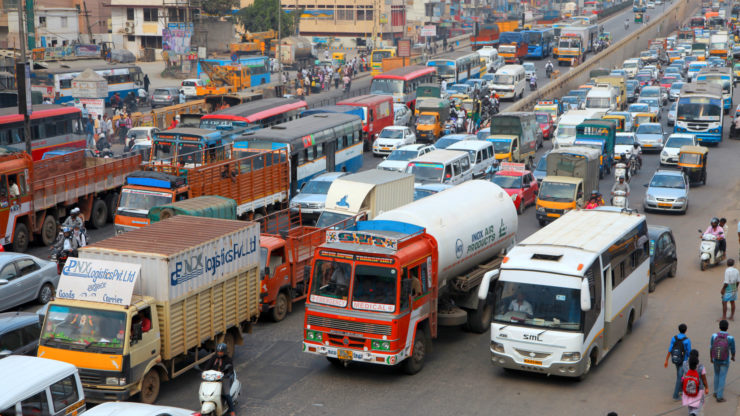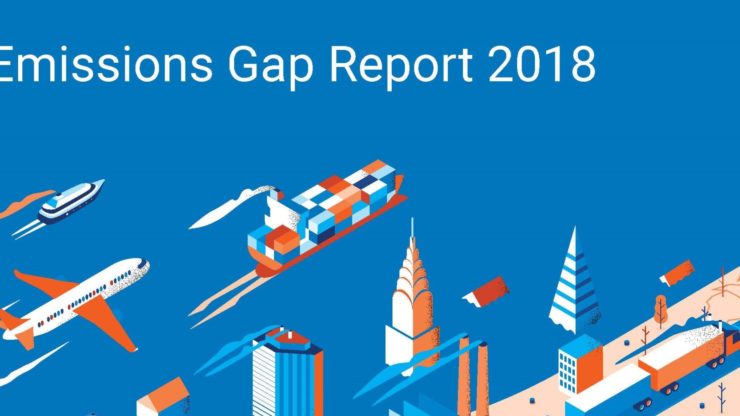Today, more than 50% of the world’s population live in urban areas. As more than two billion people will be added to the global population in the coming decades and urban populations continue to grow, the question arises: how can people and the goods they require be moved more efficiently than they are today?
Today, the transport sector accounts for almost two-thirds of global energy consumption. It produces approximately one-third of global energy-related CO2 emissions and is the primary source of urban air pollution.
The obstacles faced on the road to greener, more hospitable societies are immense. Total energy-related CO2 emissions are set to rise by 10% in 2040 compared to 2017, if we follow the currents paths. A stark contrast to the needed emissions reductions, if we are to achieve the global climate goals laid out in the Paris Agreement.
The 2019 DTU International Energy Report, that was published today, looks at how we can transform urban mobility, making it greener and more available.
UNEP DTU Partnership researchers have contributed to this report, co-writing a chapter on trends and drivers for mobility in cities in emerging economies.
Download the DTU International Energy Report 2019 here.
Increasing emissions
The transport sector connects people and enables goods to be exchanged, but it also consumes energy, contributes heavily to CO2 emissions and local air pollution, and imposes tremendous human and economic costs on society.
Cities are expected to increase the impact on global energy demand and energy-related emissions, with growing population and income levels, flexible freight transport, e-commerce, and digital technologies in cities as key drivers of transport activities.
This is especially true for cities in emerging economies.
Rapid urbanization and growing per capita incomes are taking millions out of poverty and increasing the demand for mobility. This has also increased the demand for motorized modes of transport, resulting in increased energy consumption and CO2 emissions.
Collectively these countries will play an important role in determining future trends in mobility.
Trends and drivers in emerging economies
Contributing to the DTU International Energy report, UNEP DTU Partnership research compares trensds and drivers of mobility in four megacities: São Paulo, Beijing, Delhi, and Cape Town.
Although the research covers countries and cities that differ widely in their development trajectories, it highlights that the increasing urbanization in emerging economies means that the demand for cars and two-wheelers will continue to grow unless better options are provided in terms of time and cost.
It also shows that increasing the share of transit will require associated improvements in access to these systems through better infrastructure for cycling, walking and integrated ride sharing and autonomous vehicle technologies.
Finally, there is a need for government support for research and development as well as innovation to make new technology affordable and accessible.
A broad set of measures
Cities also offer opportunities for transforming urban mobility. This will require solutions that are sustainable, affordable, and secure and that meet the expectations of the citizens.
Getting transport on track to keep the rise in average global temperatures to well below 2 ⁰C requires a broad set of measures.
Over the past decades, DTU researchers have contributed to this agenda in close collaboration with more than three hundred institutions in more than forty countries. This research is characterized by a deep interconnectedness between energy, policy/regulation, infrastructure, new electric and alternative fuel technologies, system-modelling, the increasing importance of alternative modes of transport, and shifting preferences, attitudes, and behaviour on the part of the citizens.
The DTU International Energy Report 2019 has five recommendations:
- Opt for a mission-driven RD&D approach to transforming and decarbonizing urban mobility
- Facilitate urban living labs in cities around the world
- Step up policy support and innovation to reduce the costs of alternative fuels
- Engage actively in matching the supply and demand of skills relevant for future mobility solutions
- Strengthen partnerships

